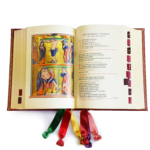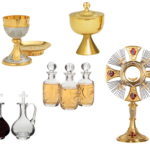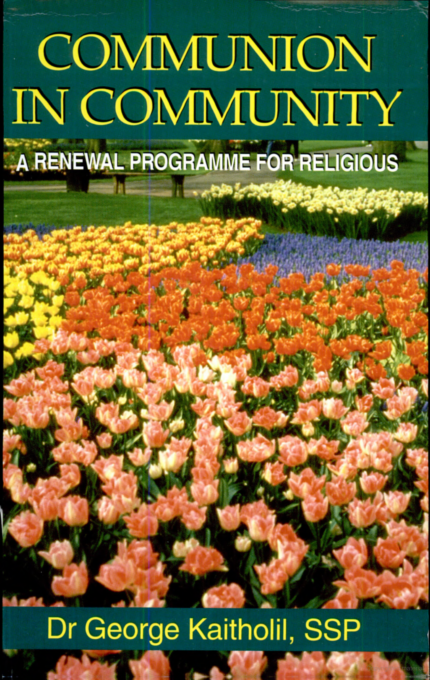RELIGIOUS POVERTY IN AFRICA
₦1,750.00
The Impact of Religious Poverty in Africa
Africa, a continent rich in cultural diversity and natural resources, also faces the harsh reality of religious poverty. This phenomenon, characterized by a lack of access to basic necessities and economic opportunities, is exacerbated by the influence of religious beliefs and practices.
Causes of Religious Poverty
One of the main causes of religious poverty in Africa is the prevalence of traditional beliefs and practices that hinder economic development. Superstitions and taboos often restrict individuals from engaging in certain activities or pursuing certain occupations, limiting their potential for growth and prosperity.
Another contributing factor is the exploitation of religion by unscrupulous individuals who take advantage of people’s faith for personal gain. False prophets and charlatans manipulate the vulnerable, promising divine intervention and prosperity in exchange for financial contributions. This exploitation perpetuates a cycle of poverty and dependence.
Consequences and Solutions
The consequences of religious poverty are far-reaching and affect various aspects of African society. Limited access to education, healthcare, and infrastructure further perpetuates the cycle of poverty. Additionally, religious poverty can lead to social unrest and conflict as people struggle for resources and opportunities.
To address this issue, it is crucial to promote education and critical thinking within religious communities. By empowering individuals with knowledge and encouraging them to question outdated beliefs and practices, the cycle of religious poverty can be broken. Additionally, governments and organizations should work together to provide economic opportunities, infrastructure, and social support to uplift those affected by religious poverty.
In conclusion, religious poverty in Africa is a complex issue that requires a multi-faceted approach. By addressing the root causes and implementing sustainable solutions, we can work towards a future where all Africans have equal access to opportunities and a better quality of life.
Size and packaging guidelines
Fermentum scelerisque hendrerit parturient nullam enim lobortis litora parturient dictumst.
Potenti a quisque tincidunt venenatis adipiscing parturient fermentum nisl tincidunt amentu.
Scelerisque conubia lobortis a condimentum ad eleifend dui integer maecenas habitant nostra.
| Specification | Chair | Armchair | Sofas |
| Height | 37" | 42" | 42" |
| Width | 26.5" | 32.5" | 142" |
| Depth | 19.5" | 22.5" | 24.5" |
| Assembly Required | No | No | Yes |
| Packaging Type | Box | Box | Box |
| Package Weight | 55 lbs. | 64 lbs. | 180 lbs. |
| Packaging Dimensions | 27" x 26" x 39" | 45" x 35" x 24" | 46" x 142" x 25" |
MAECENAS IACULIS
Vestibulum curae torquent diam diam commodo parturient penatibus nunc dui adipiscing convallis bulum parturient suspendisse parturient a.Parturient in parturient scelerisque nibh lectus quam a natoque adipiscing a vestibulum hendrerit et pharetra fames nunc natoque dui.
ADIPISCING CONVALLIS BULUM
- Vestibulum penatibus nunc dui adipiscing convallis bulum parturient suspendisse.
- Abitur parturient praesent lectus quam a natoque adipiscing a vestibulum hendre.
- Diam parturient dictumst parturient scelerisque nibh lectus.
Scelerisque adipiscing bibendum sem vestibulum et in a a a purus lectus faucibus lobortis tincidunt purus lectus nisl class eros.Condimentum a et ullamcorper dictumst mus et tristique elementum nam inceptos hac parturient scelerisque vestibulum amet elit ut volutpat.























Reviews
There are no reviews yet.